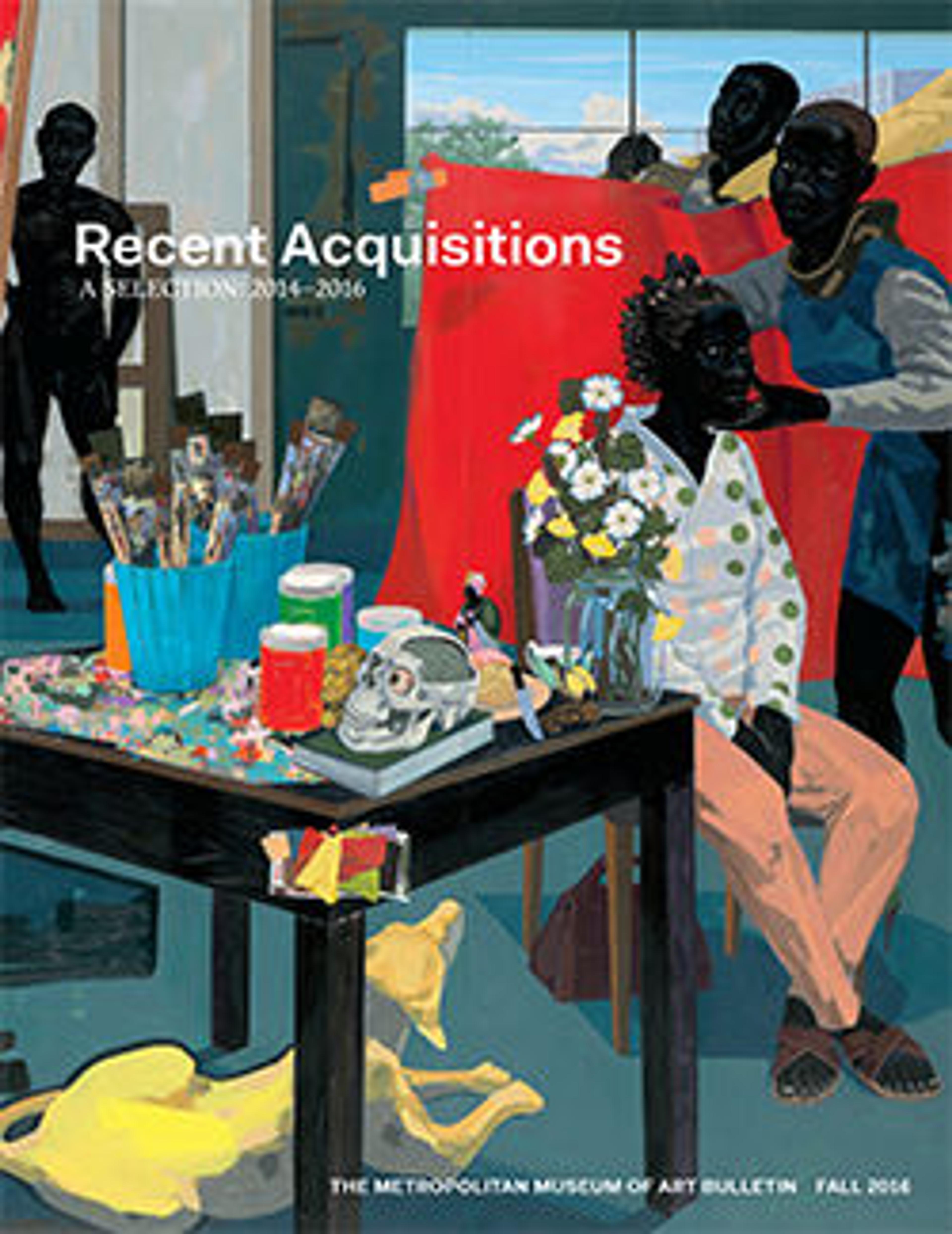Amusements at Higashiyama in Kyoto
People from every social class can be seen in vignettes on this screen and its pair—samurai are the central protagonists, with courtiers and court ladies, itinerant performers, and mendicant monks also present. All these citizens of Kyoto take advantage of a sunny afternoon at the peak of the cherry-blossom season in the scenic Eastern Hills, or Higashiyama district. Each screen highlights a famous sacred site—the right shows Kiyomizudera Temple and the left Yasaka Shrine. Both feature a festive outdoor banquet attended by elite samurai. The intricately patterned gold clouds create a dramatic background for colorful genre scenes and inviting landscapes. Masterpieces of Kano school painting, the screens survive in remarkably fine condition and, though relatively small, convey the celebratory spirit of a country finally at peace after nearly a century of civil war.
Artwork Details
- 狩野派 東山遊楽図屏風
- Title: Amusements at Higashiyama in Kyoto
- Artist: Kano School (Japanese, 1476–1559)
- Period: Edo period (1615–1868)
- Date: ca. 1620s
- Culture: Japan
- Medium: Pair of six-panel folding screens; ink, color, gold, mica, and gold leaf on paper
- Dimensions: Image (each screen): 33 1/16 in. × 8 ft. 11 1/2 in. (84 × 273 cm)
- Classification: Paintings
- Credit Line: Purchase, 2013 Benefit Fund and Mary and James G. Wallach Foundation Gift, 2014
- Object Number: 2014.491.1, .2
- Curatorial Department: Asian Art
More Artwork
Research Resources
The Met provides unparalleled resources for research and welcomes an international community of students and scholars. The Met's Open Access API is where creators and researchers can connect to the The Met collection. Open Access data and public domain images are available for unrestricted commercial and noncommercial use without permission or fee.
To request images under copyright and other restrictions, please use this Image Request form.
Feedback
We continue to research and examine historical and cultural context for objects in The Met collection. If you have comments or questions about this object record, please complete and submit this form. The Museum looks forward to receiving your comments.
